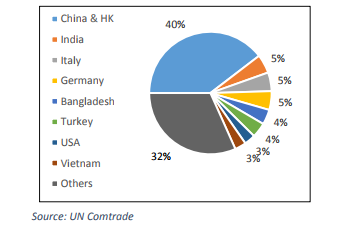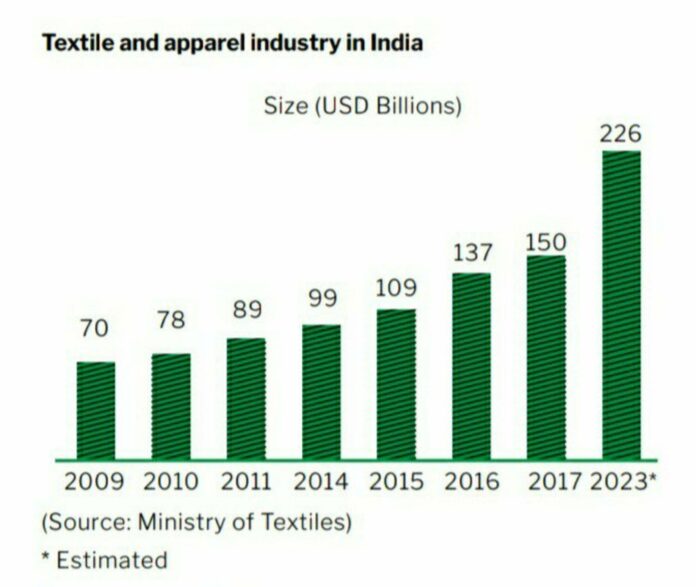

Tools such as quotas through the WTO Agreement on Textiles and Clothing (ATC) and Everything but Arms (EBA) and the US 2009 Tariff Relief Assistance in the global clothing market have benefited entrepreneurs in Bangladesh's ready-made garments (RMG) industry. The encouragement of the garment industry of Bangladesh as an open trade regime is argued to be a much more effective form of assistance than foreign aid. īangladesh's textile industry has been part of the trade versus aid debate. In the financial year 2016-2017 the RMG industry generated US$28.14 billion, which was 80.7% of the total export earnings in exports and 12.36% of the GDP the industry was also taking on green manufacturing practices. Only 5% of textile factories are owned by foreign investors, with most of the production being controlled by local investors. Sixty percent of the export contracts of western brands are with European buyers and about thirty percent with American buyers and ten percent to others. Bangladesh is the world's second-largest apparel exporter of western fast fashion brands. As of 2016 Bangladesh held the 2nd place in producing garments just after China.

In 1972, the World Bank approximated the gross domestic product (GDP) of Bangladesh at US$6.29 billion, and it grew to $368 billion by 2021, with $46 billion of that generated by exports, 82% of which was ready-made garments. By 2002 exports of textiles, clothing, and ready-made garments (RMG) accounted for 77% of Bangladesh's total merchandise exports. Exports of textiles and garments are the principal source of foreign exchange earnings. The textile and clothing industries provide a single source of growth in Bangladesh's rapidly developing economy. Remi Holdings highest scoring LEED-certified Garment factories in Bangladesh and highest in the world.


 0 kommentar(er)
0 kommentar(er)
